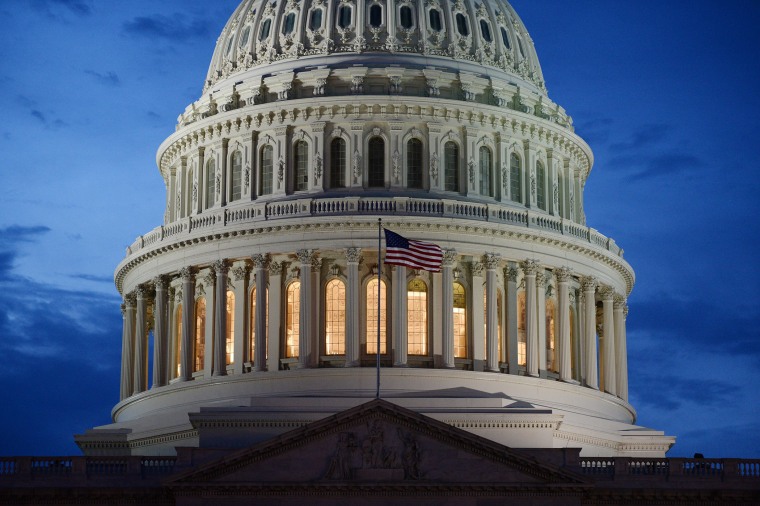Appropriators achieved Monday what seemed like an impossible task, crafting an omnibus spending bill that includes even the most contentious of the 12 subcommittee measures.... The top-line total of $1.012 trillion was set by the earlier budgetary agreement between House Budget Chairman Paul D. Ryan, R-Wis., and Senate counterpart Patty Murray, D-Wash. "The Omnibus will fulfill the basic duty of Congress; it provides funding for every aspect of the federal government, from our national defense, to our transportation systems, to the education of our kids," [House Appropriations Committee Chairman Harold Rogers] said in his own statement. [...] The agreement is being carried on a legislative vehicle that will allow for expedited consideration on both sides of the Rotunda. Most notably, only one debate-limiting cloture vote could be required to overcome procedural delays in the Senate. Since the measure's expected to reach the House floor Wednesday, the timing is right to get the measure to President Barack Obama's desk by week's end.
Bipartisan spending bill comes together
An agreement is not in place to fund the government through the end of the fiscal year. But what's in it?

About a month ago, in a minor miracle, budget negotiators from the Republican-led House and Democratic-led Senate reached a budget agreement, which actually passed Congress. But the budget is only a blueprint -- the next task for congressional lawmakers was specific appropriations bills, which are more complicated.
Indeed, in recent weeks, a complex task was made even more challenging by policy "riders" sought by far-right lawmakers, covering everything from abortion to the environment to campaign finance. If a deal failed to come together, Congress ran the risk of -- you guessed it -- shutting down the government again.
But last night, negotiators reached another compromise.
The spending would fund the government through the end of the fiscal year in September. It appears to have the support of the leadership of both parties, but it will still need to pass both chambers.
So, what's in it?
It's a little tough to summarize, given the scope of the package, but to see what both sides like (or dislike) about the compromise, note that Democrats and Republicans on the Appropriations Committee released separate overviews, highlighting major parts of the deal.
A few things that jumped out at me:
* As ridiculous as this may sound, a Republican rider survived that would continue the sale of inefficient incandescent light bulbs.
* The school voucher program for the District of Columbia will continue.
* Efforts to defund the Affordable Care Act predictably failed, but at Republicans' insistence, the package cuts $1 billion from the Prevention and Public Health (PPH) fund.
* The spending bill reverses some of the cuts to retirement pay for medically retired veterans and survivor benefits.
* Detainees still can't be transferred from Guantanamo Bay to detention facilities on U.S. soil.